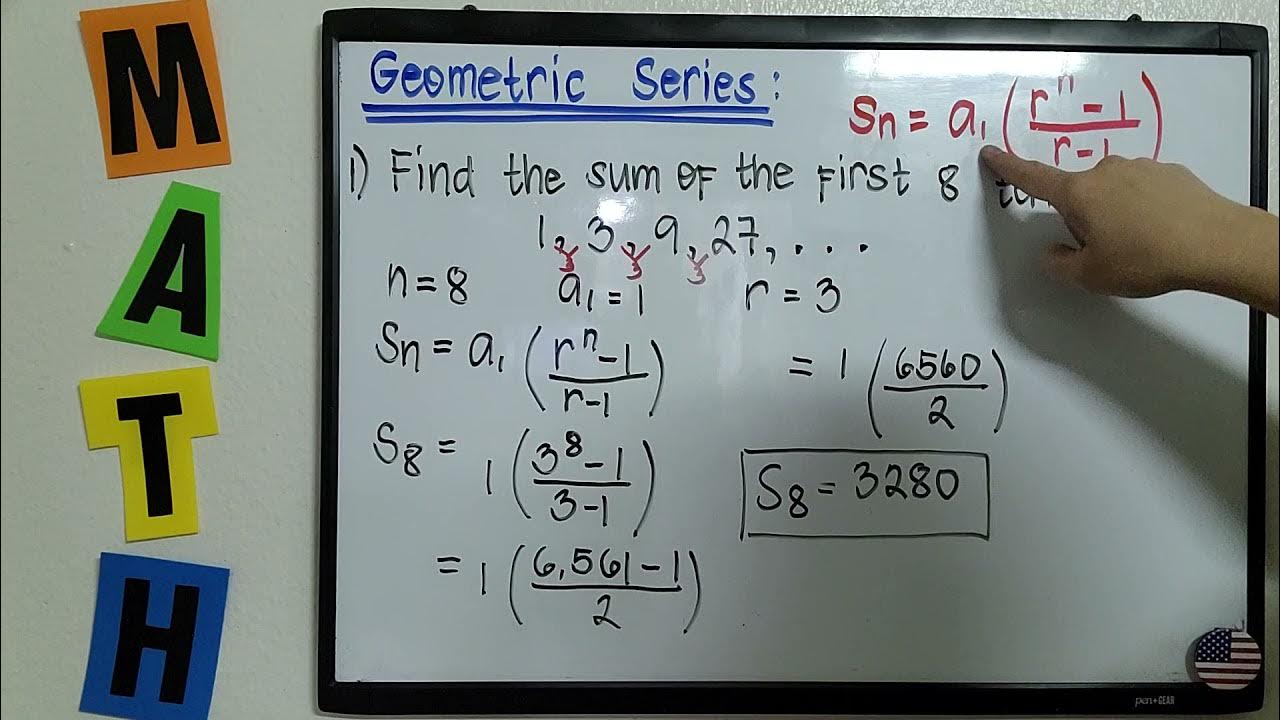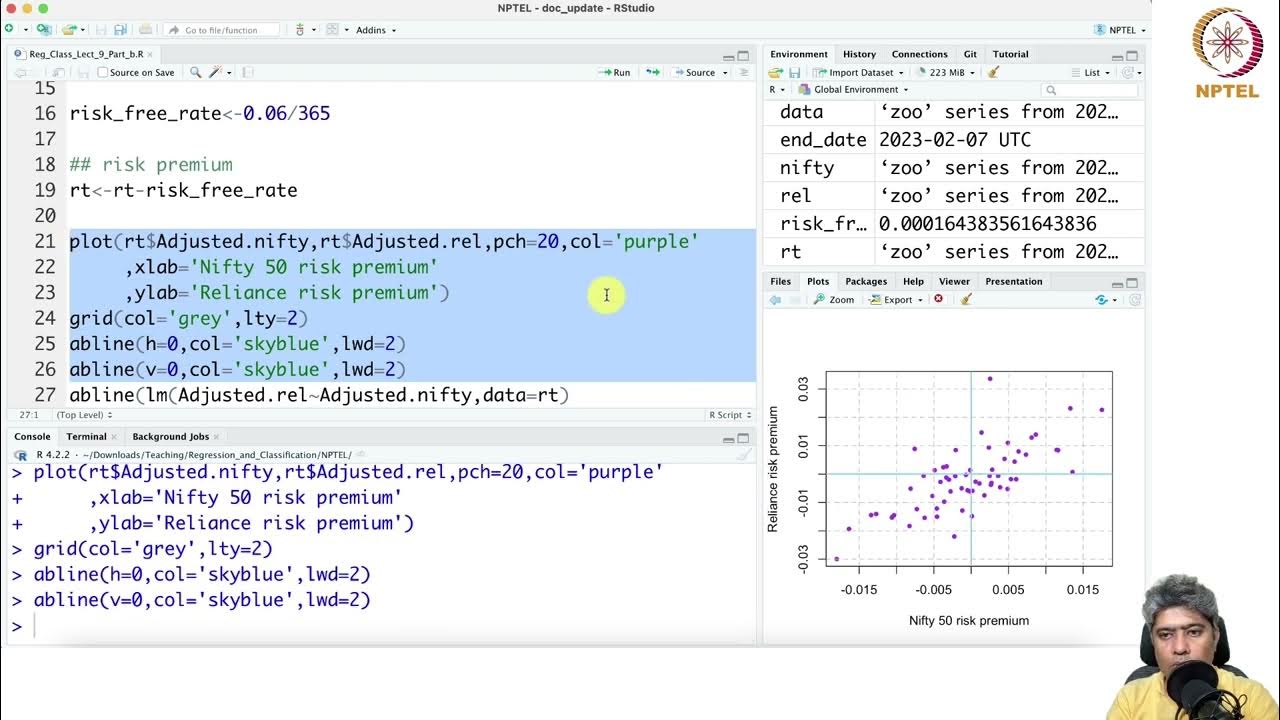Transformer X/R - Ratio
Summary
TLDRThis educational video script guides viewers on how to model a transformer's X/R ratio when it's not explicitly provided in the data sheet. Using a 750 kVA, 50 Hz, three-phase transformer from ABB as an example, the script demonstrates how to calculate the X/R ratio using Excel, given the transformer's rating, load loss, and impedance percentage. It also highlights the importance of accurate X/R ratio input in simulation software like ETAP and Power Factory for accurate power system analysis, emphasizing the impact on real and reactive power loss, voltage drop, and peak asymmetrical current during short circuit studies. The presenter encourages power system engineers to use correct X/R ratios for precise transformer modeling in simulations.
Takeaways
- 📚 The tutorial covers how to model a transformer's X/R ratio and determine it if not provided in the data sheet.
- 🔍 The example used is a 750 kVA, 50 Hz, three-phase transformer from ABB with HV side voltage at 11 kV and LV side voltage at 433 volts.
- 🔢 The transformer's impedance is given as 5%, but the X/R ratio is not specified in the data sheet.
- 🛠️ The video demonstrates using simulation software like ETA and Power Factory to model the transformer and input parameters.
- 💡 Power Factory allows specifying parameters such as short-circuit voltage, copper loss, and X/R ratio in per unit.
- 🔧 The presenter shows how to calculate the percentage resistance (R) using the formula: full load loss divided by transformer rating, multiplied by 100.
- 📈 To find the percentage reactance (X), the presenter uses the impedance triangle formula: √(Z^2 - R^2), where Z is the total impedance.
- 📊 An Excel calculation is used to determine the X/R ratio, showing that the calculated value matches what the software provides.
- ⚠️ The importance of accurate X/R ratio in transformer modeling is emphasized for its impact on power loss, voltage drop, and short-circuit studies.
- 📈 The typical X/R ratio might be 3.5, but the actual ratio should be calculated using the transformer data for precise modeling.
- 👨🏫 The session aims to educate power system engineers on the significance of entering the correct X/R ratio in simulation software.
Q & A
What is the main topic of the video script?
-The main topic of the video script is how to model a transformer's X/R ratio, find out the transformer X/R ratio if it is not given in the transformer data sheet, and how to enter that parameter in various simulation softwares.
What is the transformer rating and voltage details provided in the example from ABB?
-The example transformer from ABB is a 750 kVA, 50 Hz, three-phase transformer with an HV side voltage of 11 kV and an LV side voltage of 433 volts.
Why is the X/R ratio important in transformer modeling?
-The X/R ratio is important in transformer modeling because it has a significant impact on real and reactive power loss, voltage drop, and peak asymmetrical current during short circuit studies.
What is the impedance given for the ABB transformer example?
-The impedance for the ABB transformer example is given as 5%.
What is the load loss of the transformer mentioned in the script?
-The load loss of the transformer mentioned in the script is 7.3 kilowatts.
How does the script suggest finding the X/R ratio if it's not specified in the data sheet?
-The script suggests using an Excel calculation where you input the transformer rating, load loss, and impedance, then use formulas to calculate the percentage resistance (R) and percentage reactance (X) to find the X/R ratio.
What are the two simulation softwares mentioned in the script?
-The two simulation softwares mentioned in the script are ETAP and PowerFactory.
What is the difference between how ETAP and PowerFactory handle impedance and X/R ratio?
-ETAP requires you to specify the impedance directly, while PowerFactory allows you to choose between specifying short-circuit voltage and copper loss or the X/R ratio, and it can calculate the missing value if one is provided.
How does the script describe the process of calculating percentage resistance (R)?
-The script describes the process as dividing the transformer load loss by the transformer rating and then multiplying by 100 to get the percentage resistance (R).
What formula is used to calculate percentage reactance (X) in the script?
-The formula used to calculate percentage reactance (X) in the script is the square root of (Z^2 - R^2), where Z is the total impedance and R is the resistance.
What impact does the X/R ratio have on power system analysis?
-The X/R ratio has a significant impact on power system analysis as it affects the calculation of real and reactive power losses, voltage regulation, and the behavior of the system during fault conditions.
Why is it crucial for power system engineers to enter the correct X/R ratio in simulation software?
-It is crucial for power system engineers to enter the correct X/R ratio in simulation software to ensure accurate modeling and analysis of the power system, which is essential for reliable operation and planning.
Outlines

This section is available to paid users only. Please upgrade to access this part.
Upgrade NowMindmap

This section is available to paid users only. Please upgrade to access this part.
Upgrade NowKeywords

This section is available to paid users only. Please upgrade to access this part.
Upgrade NowHighlights

This section is available to paid users only. Please upgrade to access this part.
Upgrade NowTranscripts

This section is available to paid users only. Please upgrade to access this part.
Upgrade NowBrowse More Related Video
5.0 / 5 (0 votes)





